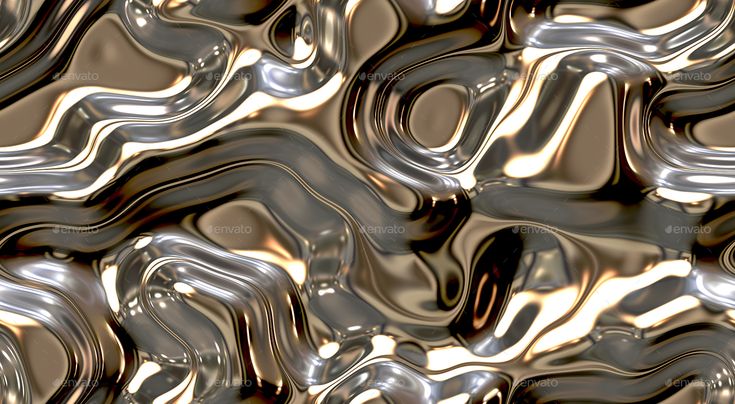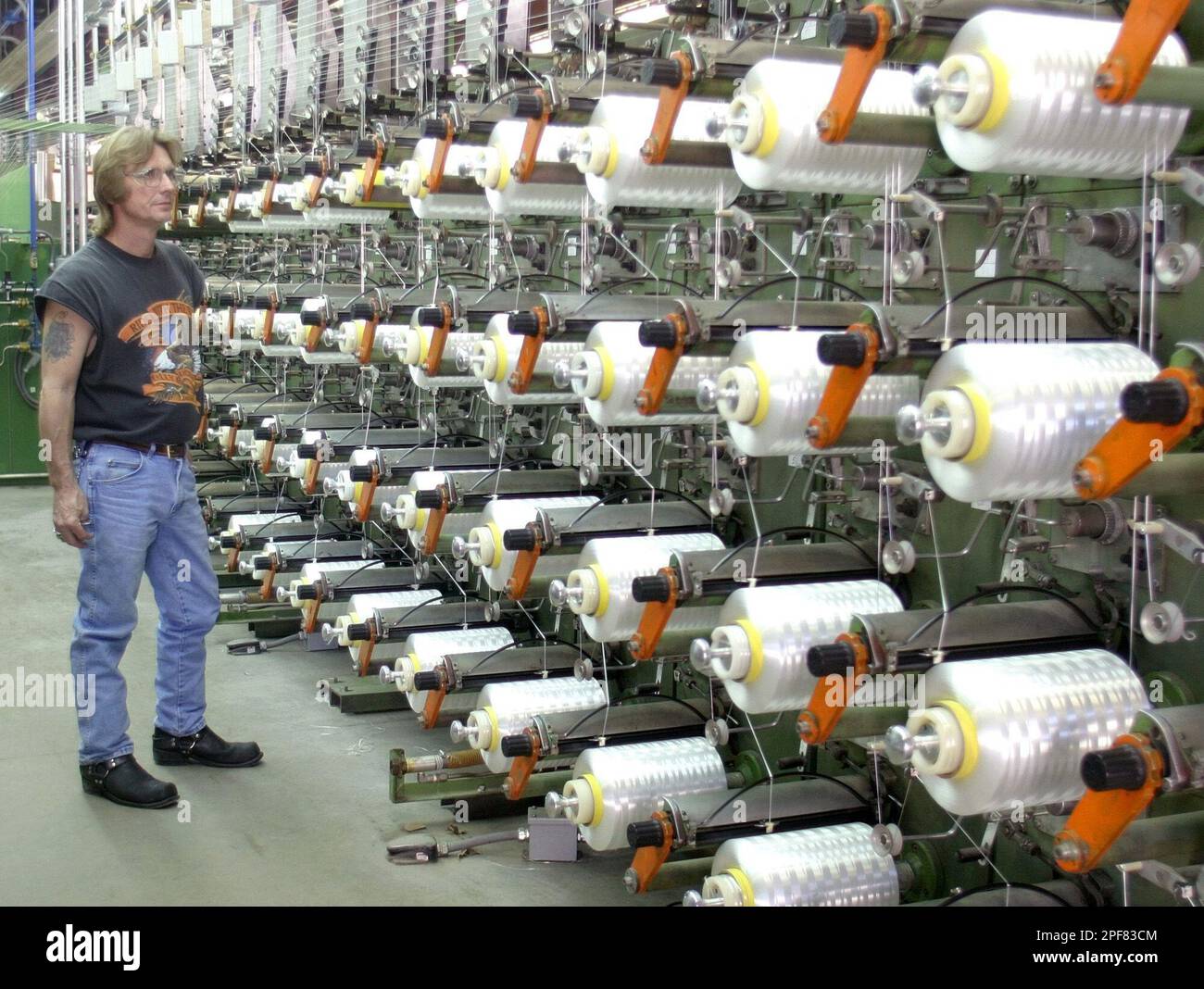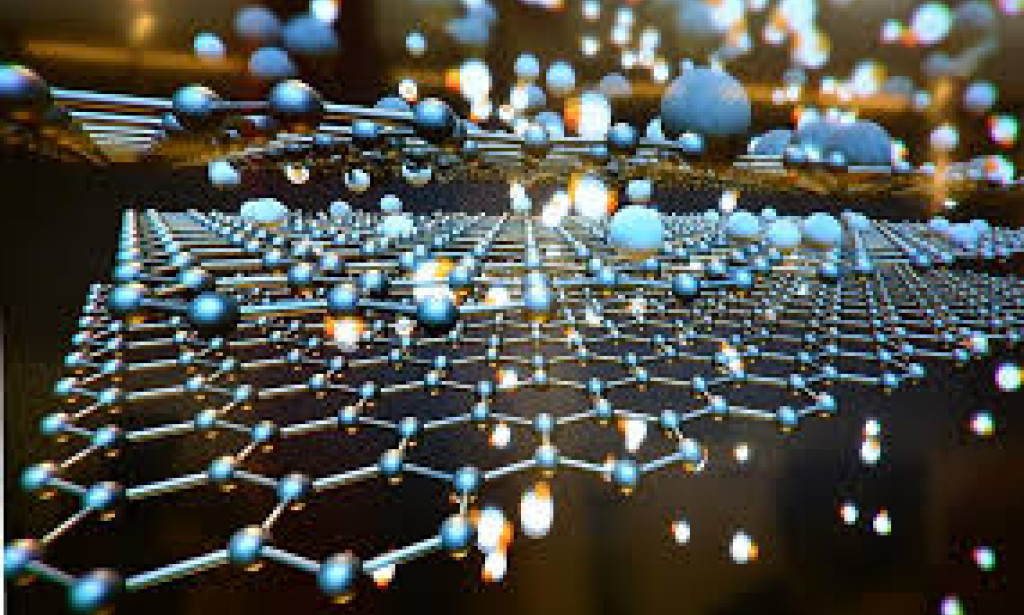In materials science, strength is a highly coveted property, driving innovation across various industries. While diamonds are often hailed as the epitome of hardness, strength encompasses multiple dimensions. This article delves into the fascinating world of the most robust materials known to humankind, unveiling their unique properties and potential applications. Still, you must know materials’ strength has many dimensions. Materials can exhibit exceptional resistance to scratching, superior ability to absorb force, or a remarkable combination of these qualities. Furthermore, advancements in material science have given rise to synthetic compounds that push the boundaries of strength beyond what nature can offer.

Diamonds: The Classic Emblem of Hardness
Diamonds, the quintessential symbol of hardness, remain unmatched in their ability to resist scratching. Scoring a perfect ten on the Mohs hardness scale, diamonds are so strict that they can only be cut by other diamonds. However, their strength extends beyond scratch resistance, making them indispensable in various industrial applications.

Spider Silk and Limpet Teeth
Nature has given us two remarkable examples of strength in the form of spider silk and limpet teeth. Once considered the most rigid biological substance, the Darwin bark spider's web boasts an incredible tensile strength surpassing that of steel yet weighing a mere fraction. However, recent discoveries have revealed that limpet teeth, belonging to aquatic snails, may surpass even spider webs in toughness, potentially revolutionizing the design of vehicles and aircraft.

Aerogels and Carbon Nanotubes

Venturing into synthetic materials, aerogels and carbon nanotubes stand as engineering marvels. Aerogels, like the lightweight and ultra-strong aerographene, can recover from extreme compression and absorb vast quantities of oil, making them invaluable in environmental cleanup efforts. Carbon nanotubes, seamless cylindrical fibres of pure graphite, exhibit strengths up to 200 times greater than steel, revolutionizing fields from aerospace to electronics.

Graphene: MIT's Groundbreaking Discovery
At the forefront of material science, researchers at MIT are pushing the boundaries of strength even further. By unlocking the secrets of maximizing graphene's two-dimensional strength in three dimensions, they have developed a substance with a density of just 5% of steel but a staggering tenfold increase in strength. This groundbreaking discovery holds immense potential for various applications, from construction to transportation.

Tungsten Carbide
While incredibly hard and possessing excellent yield strength, tungsten carbide exhibits brittleness when bent or subjected to impact forces. This inherent brittleness limits its applications where toughness and resistance to shattering are crucial. However, its hardness makes it invaluable in cutting tools, wear-resistant coatings, and other applications where abrasion resistance is paramount.

Silicon Carbide
With a Mohs hardness rating of 9 and low thermal expansion, silicon carbide is found to be extensively used in armor and vehicles designed to deflect bullets. Its unique hardness and thermal stability make it an ideal material for refractory applications, such as kiln furniture and combustion components subjected to extreme temperatures.

Dyneema
Regarded as one of the most muscular fibres in the world, Dyneema's strength-to-weight ratio is genuinely remarkable. Despite being lighter than water, it can stop bullets, making it a crucial component in body armour and protective gear. Its high tensile strength also finds applications in ropes, sails, and other industrial textiles requiring lightweight yet durable materials.

Titanium Alloys
Titanium alloys offer an exceptional blend of flexibility and high tensile strength, although they may not match the hardness of steel alloys. Their corrosion resistance and biocompatibility make them invaluable for implants and surgical instruments in the medical industry. Additionally, their strength-to-weight ratio is highly desirable in aerospace applications.

Liquid Metal
Developed at Caltech, liquid metal exhibits a well-rounded combination of hardness, tensile strength, and fatigue resistance. While not excelling in any aspect, its versatility makes it a promising material for applications where a balance of properties is required, such as electronics, robotics, and flexible systems.

Nano-Cellulose
Derived from wood pulp, nano-cellulose has emerged as a cheaper alternative to materials like glass and carbon fibre while boasting superior strength compared to steel. Its renewable and sustainable nature and remarkable strength position it as a promising material for eco-friendly construction, packaging, and automotive applications.

Spectra
Like Kevlar, Spectra is a high-performance polyethene fibre renowned for its incredible tensile strength, ten times greater than steel pound-for-pound. Its lightweight yet robust nature makes it an ideal material for ballistic-resistant vests, helmets, and armoured vehicles, providing superior protection against projectiles and impact forces.

Buckypaper
Composed of carbon nanotubes woven into a lightweight yet solid material, bucky paper represents a significant advancement in nanotechnology. Its unique structure, derived from tubes thinner than human hair, endows it with exceptional strength-to-weight properties, making it a promising material for various engineering applications, from aerospace to energy storage.
These materials, each with unique strengths and properties, contribute to the ever-expanding arsenal of advanced materials available to engineers and scientists. Their applications span diverse industries, from aerospace and defence to construction and environmental remediation, underscoring the pivotal role of material science in driving technological progress and addressing global challenges.


You must be logged in to post a comment.